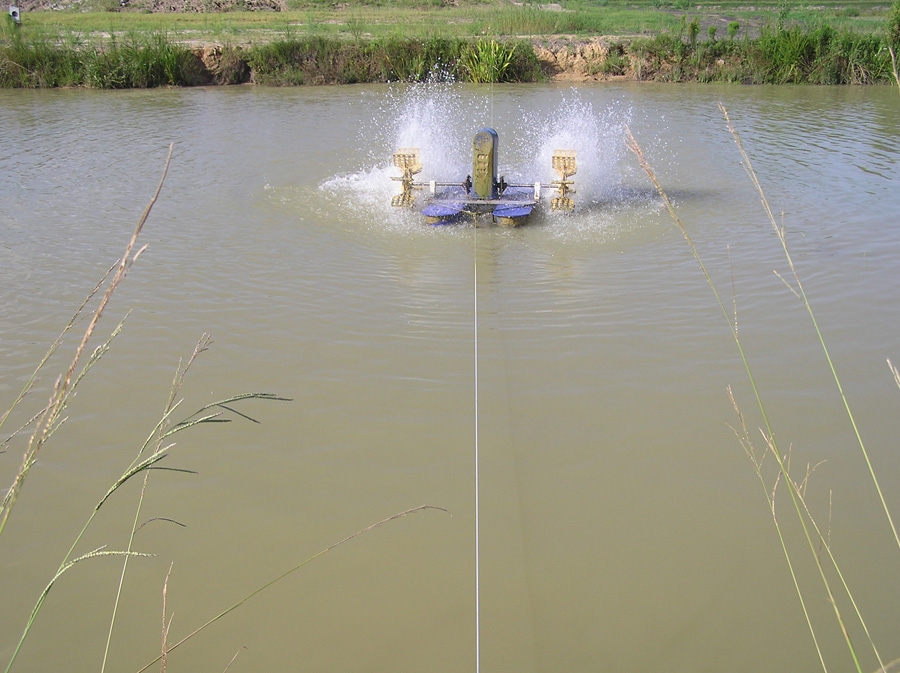
Growers' willingness to raise freshwater prawns (FWP) is strongly influenced by the economic feasibility of this enterprise relative to other aquaculture species. At this stage of its development, revenue-enhancing management systems would improve the economic viability of this emerging industry. One such approach is to produce larger-size FWP to increase revenues. The overall goal of this experiment was to evaluate the effects of two stocking densities on FWP pond production. Results showed that survival rates, prawn yields, feed conversion, tail yields, molting rate and percent of gravid females during harvest did not significantly vary between low and medium stocking densities. Larger FWP were harvested from low stocking density ponds. Results of the risk-free economic benchmark models showed that average production costs tended to be lower in higher pond stocking density management strategy. The historical commodity price structure of the shrimp commodity markets tended to favor the larger-size prawns. The current prawn commodity market conditions, however, would not be able to sustain the productivity and efficiency of the assumed benchmark models based on the results of the current experiment.
Six 0.25-acre ponds were used to compare pond production of freshwater prawns using two stocking densities between May and September, 2002 with continued support from Land O'Lakes Farmland Feed LLC. The ponds were filled with water from the discharge canal of a nearby power plant starting on April 1. Soil pH was tested and an appropriate amount of dolomitic lime was applied before flooding. All ponds were treated with rotenone 30 days before stocking and appropriate amounts of liquid fertilizer were applied to each pond after flooding. On May 22, three ponds were stocked with 5,000 30-day-old juveniles weighing 0.15 g each, equivalent to 20,000 PL/acre (MSD) while the other three ponds with 3,500 juveniles per pond or 14,000 juveniles per acre (LSD).
A daily ration of cottonseed meal was provided during the first 30 days at a rate of 20 lb/acre. Prawns were fed 35% protein pelletized sinking shrimp feed (SSF35) from day 31 until harvest time. Feed was broadcast along four sides of each pond twice daily, around 8-9 A.M. and 4-5 P.M. Monthly sampling was conducted to estimate prawn growth and biomass, and adjust weekly feeding schedules. Dissolved oxygen and temperature wiere monitored daily while salinity, pH, ammonia, nitrite, nitrate, phosphorous, turbidity, alkalinity, hardness, and other relevant variables were measured on a monthly basis. These daily and monthly data were used to manage the ponds and statistically analyzed as part of the project report. Prawns were harvested after 120 days by draining each pond with an adequately screened drain pipe. The following data were collected during harvest and compared statistically, namely: prawn yield, percent survival rate, harvest size, feed conversion, molting rate, size distribution, percent gravid females, and processing yield.
